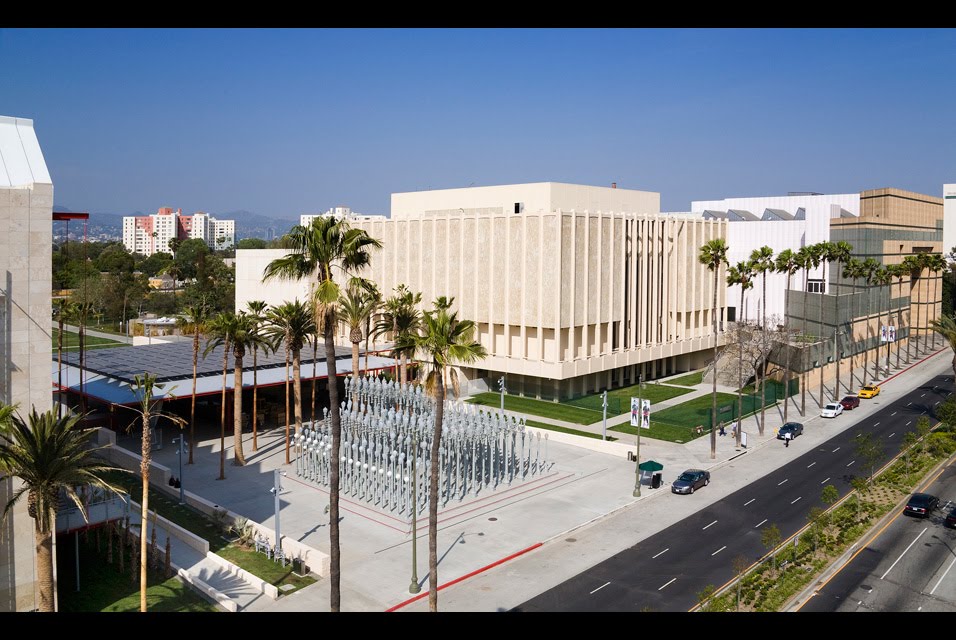May 22 2016 - Aug 7 2016
Los Angeles County Museum of Art (LACMA)
Los Angeles, CA
For centuries on the Hawaiian Islands, vividly colored feathers gathered from native birds were valuable cultural resources, ornamenting spectacular garments painstakingly constructed by hand.
Long cloaks and short capes (‘ahu ‘ula), helmets (mahiole), and leis (lei hulu) bore rainbows of feathers to signify the divinity and power of chiefs (ali‘i), who wore them for spiritual protection and to proclaim their identity and status. These unique valuables also found use as objects of diplomacy, helping to secure political alliances and agreements. Today, fewer than 300 examples of historic featherwork exist to shape our knowledge of the art form known as nā hulu ali‘i (royal feathers).
Organized by the Fine Arts Museums of San Francisco in partnership with the Bernice Pauahi Bishop Museum, Honolulu, this presentation highlights a remarkable collection of objects rarely exhibited outside Hawai‘i. While the art form dates back many centuries, this exhibition focuses on pieces made for Hawaiian royals beginning in the late 18th century and ending just before the 20th—a period that saw the arrival of European explorers, the unification of the islands, wide-scale conversion to Christianity, the overthrow of the Hawaiian government, and annexation by the U.S.
Credit: Exhibition overview from museum website
Whether you go or not, the exhibition catalog, Royal Hawaiian Featherwork: Na Hulu Ali'i, discloses the central role these artworks played in the culture and history of the Hawaiian Islands, explores their unparalleled technical craftsmanship, and to reveals an aesthetic tradition unique to the Hawaiian archipelago. Lavishly illustrated, through photographs and scholarly essays, Royal Hawaiian Featherwork highlights approximately seventy-five rare examples of the finest featherwork extant: capes and cloaks ('ahu'ula), royal staffs (kahili), feather lei (lei hulu manu), helmets (mahiole), feathered god images (akua hulu manu), and related paintings and works on paper. With their brilliant coloring and abstract compositions of crescents, triangles, circles, quadrilaterals, and lines, the artworks are both beautiful and rich in cultural significance.
Exhibition Venues & Dates
May 22 2016 - Aug 7 2016
Los Angeles County Museum of Art (LACMA)
Los Angeles, CA

